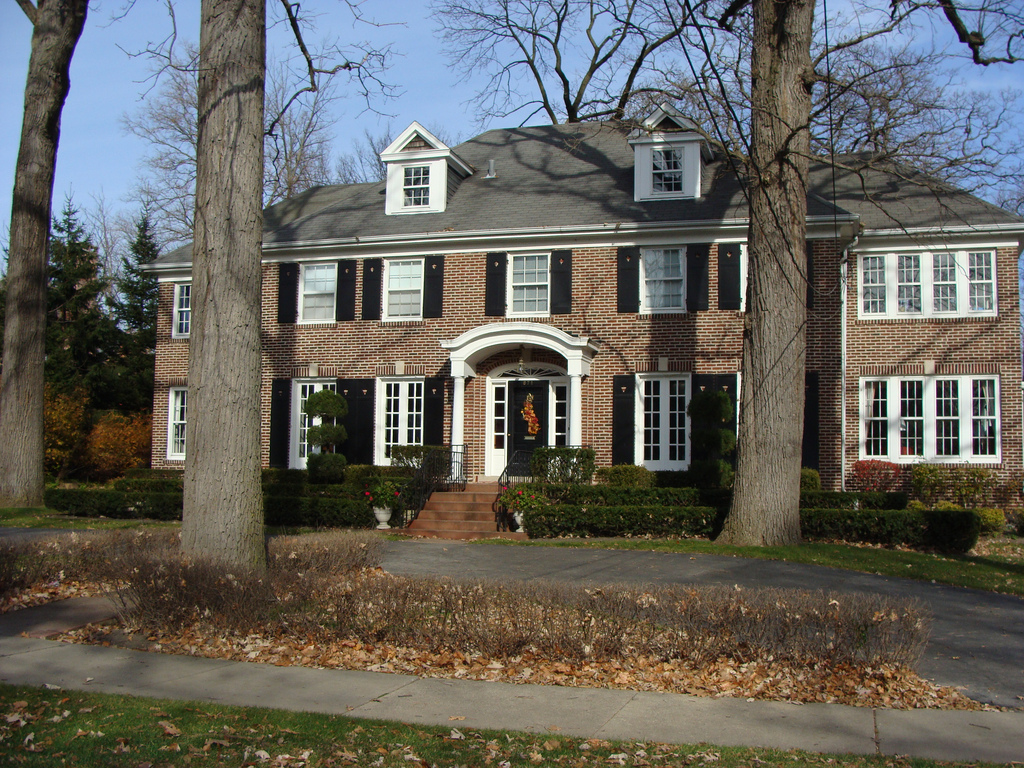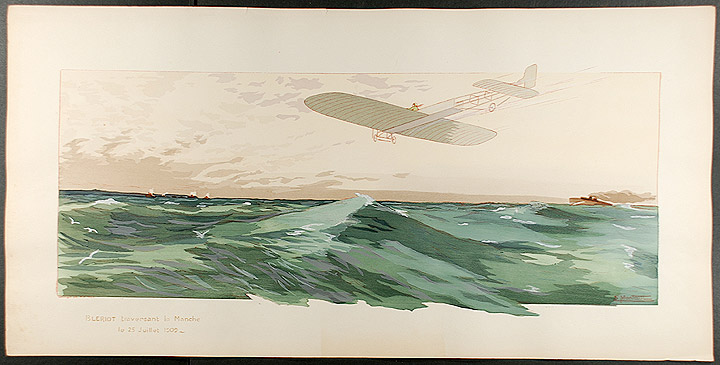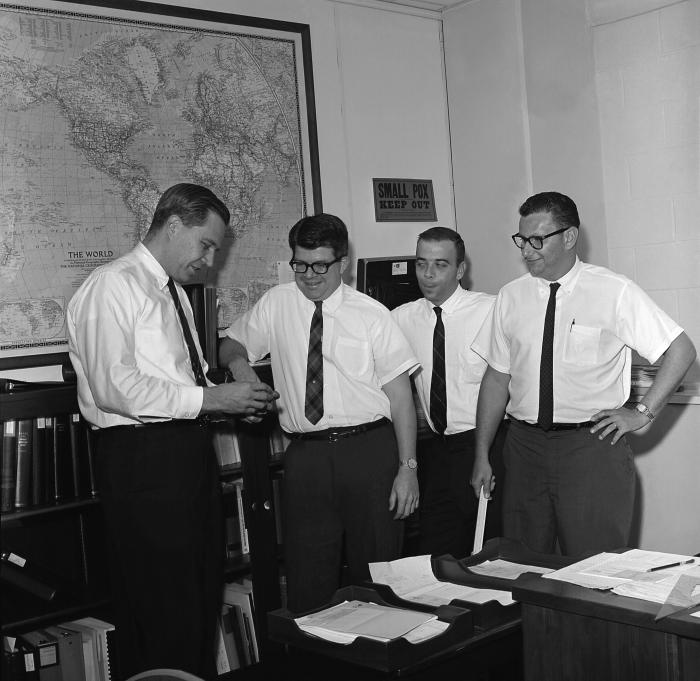|
John Ott (actor)
John Nash Ott (23 October 1909 – 6 April 2000) was a photo-researcher, writer, photographer, and cinematographer who was an early adopter of many modern photographic practices, including time-lapse photography and full-spectrum lighting. Photography Ott's early career was in finance. He never went to college, although he enrolled in finance courses at Harvard Business School while working for several Chicago area banks. During this period, he developed an interest in time-lapse photography. He made his first time-lapse film in 1927, while he was still in high school, but did not develop the automated mechanical camera rig he used in his later films until 1937. His early amateur films led him to a career in cinematography. In addition to making films, he performed research about the effects of natural lighting on plants, animals, and humans. Initially, Ott's interest in time-lapse movie photography, mostly of plants, was just a hobby. Starting in the 1930s, Ott bought and buil ... [...More Info...] [...Related Items...] OR: [Wikipedia] [Google] [Baidu] |
Time-lapse Photography
Time-lapse photography is a technique in which the frequency at which film frames are captured (the frame rate) is much lower than the frequency used to view the sequence. When played at normal speed, time appears to be moving faster and thus ''lapsing''. For example, an image of a scene may be captured at 1 frame per second but then played back at 30 frames per second; the result is an apparent 30 times speed increase. Processes that would normally appear subtle and slow to the human eye, such as the motion of the sun and stars in the sky or the growth of a plant, become very pronounced. Time-lapse is the extreme version of the cinematography technique of undercranking. Stop motion animation is a comparable technique; a subject that does not actually move, such as a puppet, can repeatedly be moved manually by a small distance and photographed. Then, the photographs can be played back as a film at a speed that shows the subject appearing to move. Conversely, film can be pl ... [...More Info...] [...Related Items...] OR: [Wikipedia] [Google] [Baidu] |
Winnetka, Illinois
Winnetka () is a village in Cook County, Illinois, United States, north of downtown Chicago. The population was 12,475 as of the 2020 census. The village is one of the wealthiest places in the United States in terms of household income. It was the second-ranked Illinois community on Bloomberg's 2019 Richest Places Annual Index. According to the U.S. Census Bureau, Winnetka's median household income exceeded $250,000 in 2022. History The first houses were built in 1836. That year, Erastus Patterson and his family arrived from Vermont and opened a tavern to service passengers on the Green Bay Trail post road. The village was first subdivided in 1854 by Charles Peck and Walter S. Gurnee, President of the Chicago, Milwaukee & St. Paul Railroad. Winnetka's first private school was opened in 1856 by Mr. and Mrs. Charles Peck with seventeen pupils. In 1859, the first public school building was built with private funds at the southeast corner of Elm and Maple streets. The first year's ... [...More Info...] [...Related Items...] OR: [Wikipedia] [Google] [Baidu] |
2000 Deaths
This is a list of lists of deaths of notable people, organized by year. New deaths articles are added to their respective month (e.g., Deaths in ) and then linked below. 2025 2024 2023 2022 2021 2020 2019 2018 2017 2016 2015 2014 2013 2012 2011 2010 2009 2008 2007 2006 2005 2004 2003 2002 2001 2000 1999 1998 1997 1996 1995 1994 1993 1992 1991 1990 1989 1988 1987 1986 Earlier years ''Deaths in years earlier than this can usually be found in the main articles of the years.'' See also * Lists of deaths by day * Deaths by year (category) {{DEFAULTSORT:deaths by year ... [...More Info...] [...Related Items...] OR: [Wikipedia] [Google] [Baidu] |
1909 Births
Events January–February * January 4 – Explorer Aeneas Mackintosh of the Imperial Trans-Antarctic Expedition escapes death by fleeing across drift ice, ice floes. * January 7 – Colombia recognizes the independence of Panama. * January 9 – The British Nimrod Expedition, ''Nimrod'' Expedition to the South Pole, led by Ernest Shackleton, arrives at the Farthest South, farthest south reached by any prior expedition, at 88°23' S, prior to turning back due to diminishing supplies. * January 11 – The International Joint Commission on US-Canada boundary waters is established. * January 16 – Members of the ''Nimrod'' Expedition claim to have found the magnetic South Pole (but the location recorded may be incorrect). * January 24 – The White Star Liner RMS Republic (1903), RMS ''Republic'' sinks the day after a collision with ''SS Florida'' off Nantucket. Almost all of the 1,500 passengers are rescued. * January 28 – The last United States t ... [...More Info...] [...Related Items...] OR: [Wikipedia] [Google] [Baidu] |
Lighting
Lighting or illumination is the deliberate use of light to achieve practical or aesthetic effects. Lighting includes the use of both artificial light sources like lamps and light fixtures, as well as natural illumination by capturing daylight. Daylighting (architecture), Daylighting (using windows, skylights, or Architectural light shelf, light shelves) is sometimes used as the main source of light during daytime in buildings. This can save energy in place of using artificial lighting, which represents a major component of energy consumption in buildings. Proper lighting can enhance task performance, improve the appearance of an area, or have positive psychological effects on occupants. Indoor lighting is usually accomplished using light fixtures, and is a key part of interior design. Lighting can also be an intrinsic component of landscaping, landscape projects. History With the Control of fire by early humans, discovery of fire, the earliest form of artificial lighting used ... [...More Info...] [...Related Items...] OR: [Wikipedia] [Google] [Baidu] |
Loyola University Of Chicago
Loyola University Chicago (Loyola or LUC) is a private Jesuit research university in Chicago, Illinois, United States. Founded in 1870 by the Society of Jesus, Loyola is one of the largest Catholic universities in the United States. Its namesake is Saint Ignatius of Loyola. Loyola's professional schools include programs in medicine, nursing, and health sciences anchored by the Loyola University Medical Center, and the Loyola University Chicago School of Law. It is classified among "R1: Doctoral Universities – Very high research activity". Comprising thirteen colleges and schools, Loyola offers more than 80 undergraduate and 140 graduate/professional programs and enrolls approximately 17,000 students. Loyola has six campuses across the Chicago metropolitan area, as well as a campus in Rome. Another guest program in Beijing was closed in 2018. The flagship Lake Shore Campus is on the shores of Lake Michigan in the Rogers Park and Edgewater neighborhoods of Chicago, just over ... [...More Info...] [...Related Items...] OR: [Wikipedia] [Google] [Baidu] |
Ultraviolet
Ultraviolet radiation, also known as simply UV, is electromagnetic radiation of wavelengths of 10–400 nanometers, shorter than that of visible light, but longer than X-rays. UV radiation is present in sunlight and constitutes about 10% of the total electromagnetic radiation output from the Sun. It is also produced by electric arcs, Cherenkov radiation, and specialized lights, such as mercury-vapor lamps, tanning lamps, and black lights. The photons of ultraviolet have greater energy than those of visible light, from about 3.1 to 12 electron volts, around the minimum energy required to ionize atoms. Although long-wavelength ultraviolet is not considered an ionizing radiation because its photons lack sufficient energy, it can induce chemical reactions and cause many substances to glow or fluoresce. Many practical applications, including chemical and biological effects, are derived from the way that UV radiation can interact with organic molecules. The ... [...More Info...] [...Related Items...] OR: [Wikipedia] [Google] [Baidu] |
Infrared
Infrared (IR; sometimes called infrared light) is electromagnetic radiation (EMR) with wavelengths longer than that of visible light but shorter than microwaves. The infrared spectral band begins with the waves that are just longer than those of red light (the longest waves in the visible spectrum), so IR is invisible to the human eye. IR is generally (according to ISO, CIE) understood to include wavelengths from around to . IR is commonly divided between longer-wavelength thermal IR, emitted from terrestrial sources, and shorter-wavelength IR or near-IR, part of the solar spectrum. Longer IR wavelengths (30–100 μm) are sometimes included as part of the terahertz radiation band. Almost all black-body radiation from objects near room temperature is in the IR band. As a form of EMR, IR carries energy and momentum, exerts radiation pressure, and has properties corresponding to both those of a wave and of a particle, the photon. It was long known that fires e ... [...More Info...] [...Related Items...] OR: [Wikipedia] [Google] [Baidu] |
Experiment
An experiment is a procedure carried out to support or refute a hypothesis, or determine the efficacy or likelihood of something previously untried. Experiments provide insight into cause-and-effect by demonstrating what outcome occurs when a particular factor is manipulated. Experiments vary greatly in goal and scale but always rely on repeatable procedure and logical analysis of the results. There also exist natural experimental studies. A child may carry out basic experiments to understand how things fall to the ground, while teams of scientists may take years of systematic investigation to advance their understanding of a phenomenon. Experiments and other types of hands-on activities are very important to student learning in the science classroom. Experiments can raise test scores and help a student become more engaged and interested in the material they are learning, especially when used over time. Experiments can vary from personal and informal natural comparisons ... [...More Info...] [...Related Items...] OR: [Wikipedia] [Google] [Baidu] |
Health
Health has a variety of definitions, which have been used for different purposes over time. In general, it refers to physical and emotional well-being, especially that associated with normal functioning of the human body, absent of disease, pain (including mental pain), or injury. Health can be promoted by encouraging healthful activities, such as regular physical exercise and adequate sleep, and by reducing or avoiding unhealthful activities or situations, such as smoking or excessive stress. Some factors affecting health are due to individual choices, such as whether to engage in a high-risk behavior, while others are due to structural causes, such as whether the society is arranged in a way that makes it easier or harder for people to get necessary healthcare services. Still, other factors are beyond both individual and group choices, such as genetic disorders. History The meaning of health has evolved over time. In keeping with the biomedical perspective, earl ... [...More Info...] [...Related Items...] OR: [Wikipedia] [Google] [Baidu] |
Color Temperature
Color temperature is a parameter describing the color of a visible light source by comparing it to the color of light emitted by an idealized opaque, non-reflective body. The temperature of the ideal emitter that matches the color most closely is defined as the color temperature of the original visible light source. The color temperature scale describes only the ''color'' of light emitted by a light source, which may actually be at a different (and often much lower) temperature. Color temperature has applications in lighting, photography, videography, publishing, manufacturing, astrophysics, and other fields. In practice, color temperature is most meaningful for light sources that correspond somewhat closely to the color of some black body, i.e., light in a range going from red to orange to yellow to white to bluish white. Although the concept of correlated color temperature extends the definition to any visible light, the color temperature of a green or a purple light rar ... [...More Info...] [...Related Items...] OR: [Wikipedia] [Google] [Baidu] |







